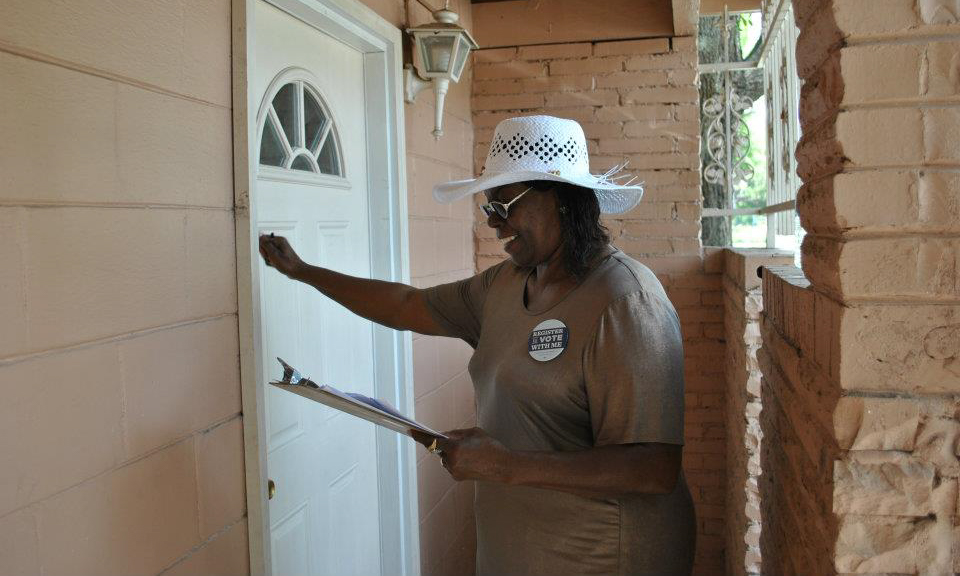
Many current resources are available highlighting the vulnerabilities of voting systems, the need for more accessibility, and what might come next. Here are a few examples:
In July 2018, the Arizona Advisory Committee to the U.S. Commission on Civil Rights published data and conclusions it had assembled on barriers to voting. The committee recommended several changes to practices in Arizona that have been under discussion for some time.
For a detailed look at deliberations on election systems in Maricopa County, see the county’s May 2019 Work Group Report, responding to the Board of Supervisors mandate “to gather and compile information necessary to prepare a set of recommendations regarding the structure, staffing, and technology resources of the Elections Department.”
The National Council of State Legislatures elections and campaigns section issued an important report on election costs, investigating questions including: What are the costs associated with running elections? What state policy choices relate to costs? What funding mechanisms are in use in the states? Can money buy security?
In June, the National Governors Association (NGA) selected Arizona, Hawaii, Idaho, Minnesota, Nevada and Virginia to participate in the NGA’s policy academy on election cybersecurity operations. Arizona will bring its cybersecurity expertise to the table and receive technical assistance from NGA staff to develop, implement and scale training and best practices throughout the state to improve coordination between election officials and reduce cyber-related risks ahead of the 2020 election.
As confusing as voter data can be, few topics provide as many insights and further questions. See the U.S. Elections Project and a pair of Census Bureau reports on the 2018 election and historical results.